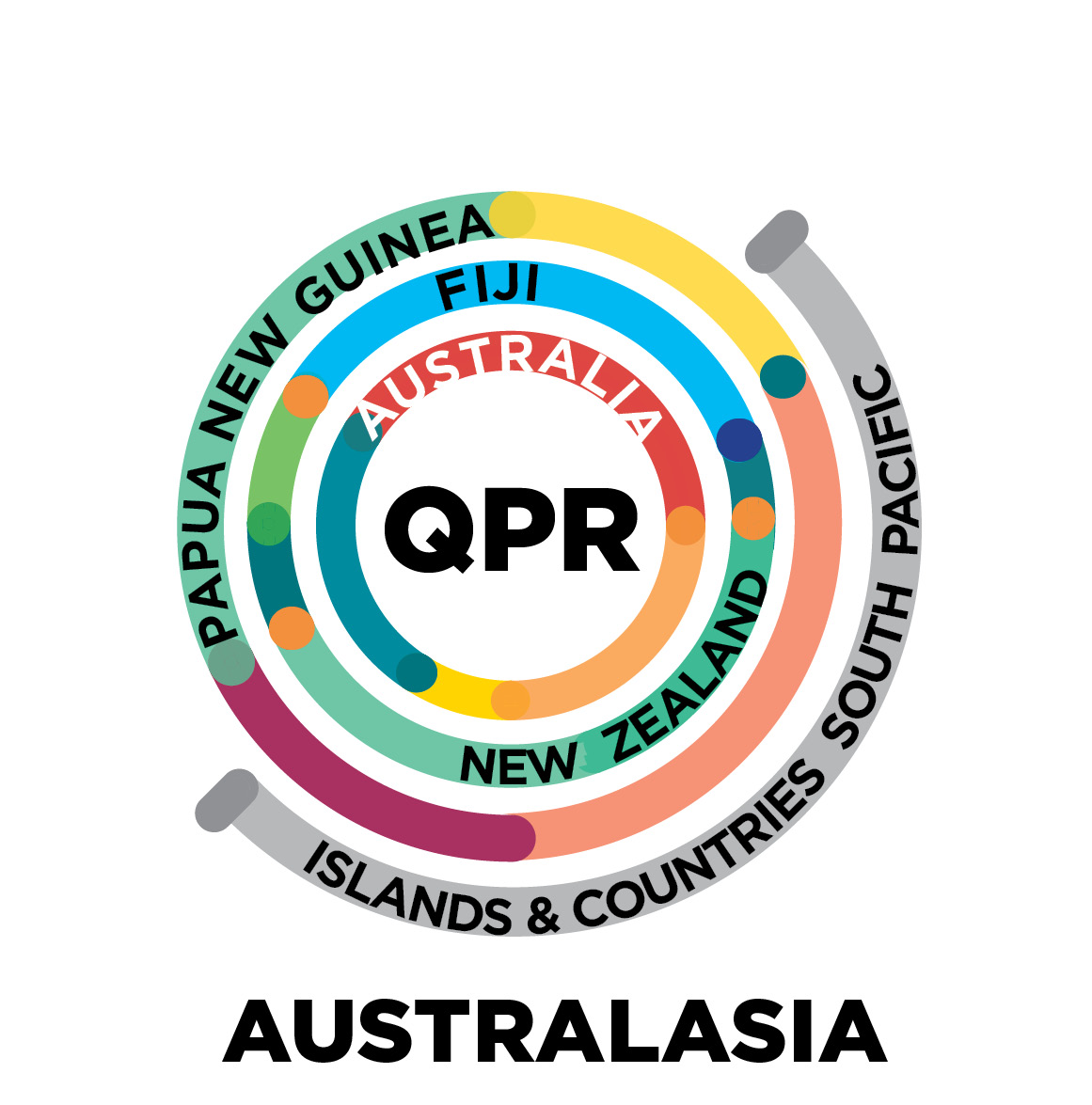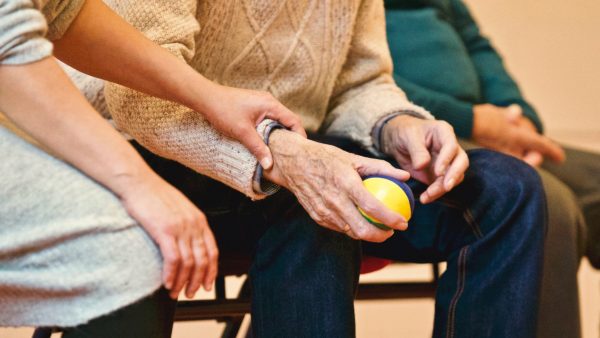
Counselling Suicidal People: A Therapy of Hope
Work with suicidal clients? This book-based, interactive online course is designed for clinicians who need practical, evidence-based, best practice interventions for helping the suicidal patients they treat.
$155.00
COURSE PARAMETERS
- Time required: 6 to 10 hours, depending on reading speed and how much time the learner explores web links and optional files
- A Basic Helping Skills module is optional, but contains skill highlights known to be effective with suicidal clients
- The course is designed to be useful for office practice as well as online e-counseling
- To earn the printable course certificate the learner must complete all modules and pass all quizzes
Note: this training program teaches initial and basic suicide risk assessment skills. Advanced suicide risk assessment training and documentation skills for healthcare professionals are available from the QPR Institute in a course entitled: QPRT Suicide Risk Assessment and Risk Management Training.
Suicide is one of the most critical health concerns, both in Australia and on a global scale. In 2015, over 3000 Australians died by suicide. For every suicide death, as many as 25 individuals will attempt suicide, and for some communities, such as Aboriginal and Torres Strait Islanders and LGBTI people, rates of suicide attempts and deaths are even higher.
Over the past decade in Australia, there has been a 20% increase in the number of suicides and suicide is the leading cause of death for Australians aged 15-44. We also know that suicide rates of Aboriginal and Torres Strait Islander people are at least twice that of non-Indigenous Australians, and that while women make more suicide attempts, 75% of suicides are by men.
Some people in the community are particularly vulnerable, for example men aged 18 to 24 who have previously served in the Australian Defence Forces are twice as likely to die by suicide as men of the same age in the general population. Other workforces with higher risk of suicide can include those working in agricultural, transport and construction and health sectors.
Clearly, the need for QPR training across the community is very high.
You may know someone who has made a suicide attempt, or may even know someone who died by suicide. It is likely you know someone who has thought, or is thinking, about suicide.
Most of these people will never have had an opportunity to benefit from what you can learn in this course.
If you are a mental health professional, substance abuse counselor, psychiatric nurse, school, correctional, church counselor or anyone with professional training who is in a position to work with, counsel, and help suicidal people survive a life-threatening crisis, this book-based study program could prove very valuable.
This online training program is based on Counseling Suicidal People: A Therapy of Hope written by the course author. This is the 3rd edition of this time-tested, condensed, easy-to-read work of just 213 pages. Additional files, notes on how to cope with suicide events in the counselor's practice, short lecture videos, audio files, author commentary, and other materials enrich the basic text.
From the book cover, here is Dr. Alan Berman, Executive Director the American Association of Suicidology: “It has taken me 30 years and much trial and error to amass the wisdom, insight, and understanding Paul Quinnett has crammed into this slim volume. With wit and exceptional readability, he has offered the perfect primer for counseling suicidal persons. This simply is the best no-nonsense guide I have ever read to help one to understand and form a collaborative, working relationship with someone in suicidal despair. As his title suggests, there is hope: and Paul Quinnett has packaged it between these covers!”
It is not if, but when
The question for those working in the field of human services – from probation officers to pastoral counselors to psychotherapists – is not whether you will meet a suicidal client, but when?
The next question is: Are you prepared for this always challenging encounter?
Having worked with hundreds of suicidal patients over more than four decades of practice, and having trained thousands of clinicians for the last 30 years, and having kept up with the scientific literature on suicide and its prevention, Dr Paul Quinnett believes that he can help you meet that suicidal client with a sense of self-efficacy, calm and confidence.
Dr Paul Quinnett cannot stress how important this calm and confidence about working with suicidal people will be for you, but he can stress - from the client's point of view - how important these qualities are to people considering suicide.
Speaking for clients everywhere, Dr Paul Quinnett can think of nothing more frightening or hope destroying than to meet with an uninformed, uncomfortable counselor so terrified of suicide that he or she can't even broach the subject.
Yet research shows this is exactly what happens every day in doctor's offices, counselors offices, emergency rooms, and a thousand other settings all across America and around the world. You can become someone who saves lives.
Where surgeons save lives with scalpels and stitches, counselors save them with words and empathy.
This training is not a substitute for a university degree in counselling or other helping profession, nor can it provide the face-to-face supervised experience those in the helping professions are provided in the course of their professional career development.
- Participants must be at least 18 years of age
- If employed by, or volunteering for, an organisation, participants agree to accept all expectations and employment rules of their parent organisation. The QPR Institute does not vet or otherwise qualify students for this course.
- Encountering suicidal clients
- The language of suicide
- The journey of suicide from idea to act
- Intervention when it is easy and when it is hard
- Six steps to life-saving crisis intervention
- Dealing with resistance to help
- How to decide to hospitalize someone suicidal
- Voluntary and involuntary hospitalization
- Sound risk management practices
- Evidence-based treatments: what works?
- So-called no-suicide contracts: pros and cons
- Alternative/non-traditional interventions
- Screening tools for serious mental illness
- 38 specific non-medical therapeutic interventions
NOTE:
The author has selected dozens of specific counseling interventions which can be picked up from this course and added to the counselor's tool box.
Some of these techniques and strategies will be immediately useful with both suicidal and non-suicidal clients.
These interventions are based on supporting science and the author's more than 40 years of clinical experience as a psychotherapist specializing in treating suicidal clients. Strategies include everything from diet, exercise, deep breathing, Cognitive Behavioral Therapy techniques, family interventions,bibliotherapy, and empowerment moves, as well how to use self-disclosure, reduce shame and fear, and generate new reasons to live for those who are thinking about suicide.
The vast majority of these interventions are low-cost, easy-to-use, and non-medical counseling solutions that do not require extensive training or certification.
Learner goals:
- Demonstrate increased knowledge about suicide and its causes
- Identify unique verbal, behavioral, and situational suicide warning signs during counseling sessions
- Know how to inquire about suicidal intent and desire
- Know how to engage suicidal clients with empathy and understanding
- Apply multiple intervention strategies with suicidal clients
- Know how to immediately reduce the acute distress, despair, and hopelessness being experienced by the suicidal client
- Know how to help the suicidal client make a personal safety and survival plan
- Recognize and identify at least three risk factors for suicide
- Recognize and identify at least three protective factors against suicide
- Understand means restriction and how to immediately reduce risk
- Understand the nature of suicide and describe at least one theory of suicidal behavior
- Describe the relationship of mental illness and substance abuse to suicide and understand the fundamentals of our current knowledge about suicide and its prevention




